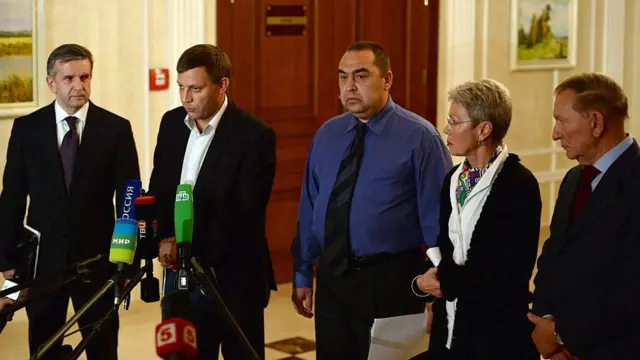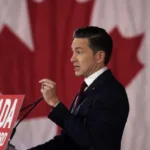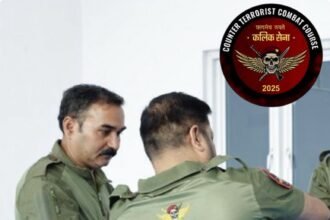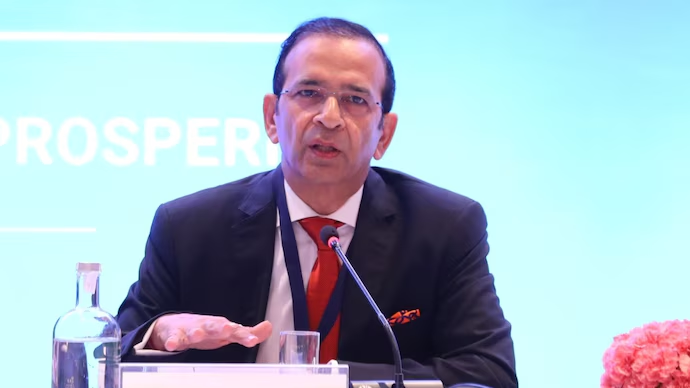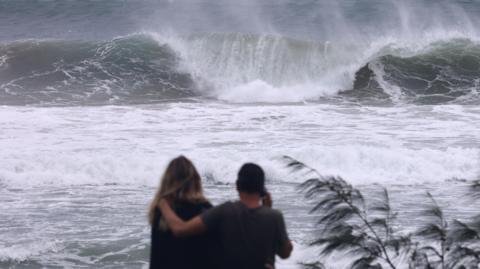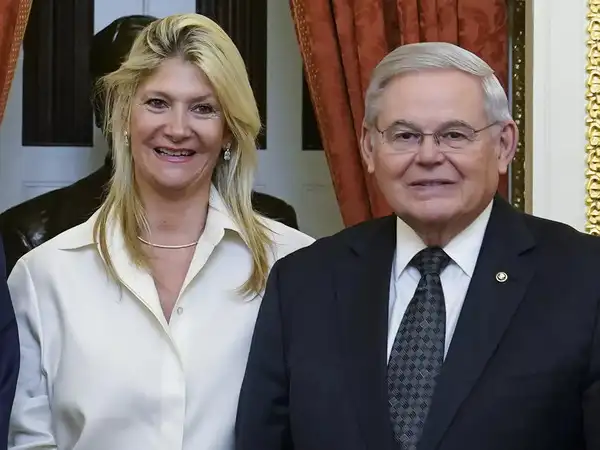Russia’s ceasefire in Ukraine lasted only 30 hours, and even then it appears to have been very limited in scope, with accusations of violations on both sides.
Kyiv said there had been no “air raids alerts” on Sunday during Vladimir Putin’s “Easter truce” and President Volodymyr Zelensky suggested this could be the “easiest” format to extend for 30 days and possibly more.
The US had tried to organise a 30-day ceasefire but that never took hold, and this latest chapter underscores the difficulty in achieving even a brief pause in fighting,
Russia insisted on a number of conditions, including a halt to Ukraine re-arming and recruiting new fighters as well as “underlying causes of the conflict”.
One major factor hampering the talks’ progress is the long history of broken ceasefire deals, resulting in deep mistrust between the two neighbours.
During his tempestuous meeting with Donald Trump in February, Zelensky accused Russia of violating 25 ceasefire agreements since 2014, and argued that no such deal would hold without security guarantees.
In turn, Russia accuses the Ukrainian president of being “incapable” of implementing any such agreements.
Independent experts say Russia bears the brunt of the blame for broken truces, even though Ukraine bears some responsibility, too.
Statements by current and former Russian officials also indicate that Moscow would be prepared to cease hostilities, only if its original objectives are achieved – namely a demilitarised, neutral and non-nuclear Ukraine.
Mistrust dates back to Russia’s 2014 invasion
By invading Ukraine in 2014, Russia violated the Agreement on Friendship, Cooperation and Partnership between the two countries signed in 1997. Article 2 said the sides “respect each other’s territorial integrity and confirm the inviolability of existing borders between them”.
The war has been rife with accusations of treachery from the very beginning.
Gen Viktor Muzhenko, the chief of Ukraine’s General Staff at the time, accuses Russia of going back on agreements allowing Ukrainian troops to pull out from the eastern town of Ilovaysk in August 2014.
As a result, withdrawing convoys came under fire, and at least 366 Ukrainian fighters were killed.


